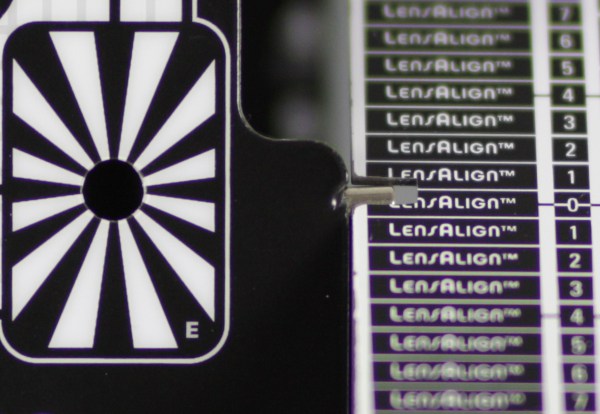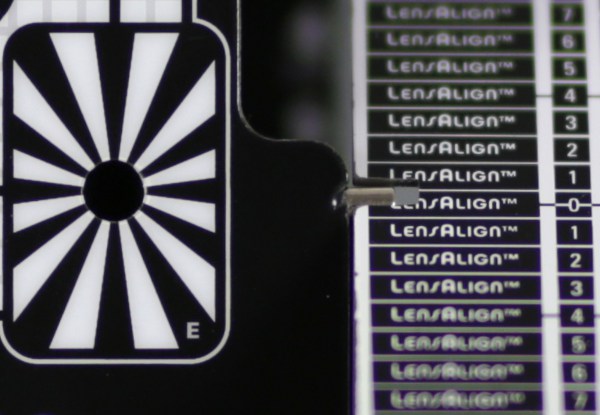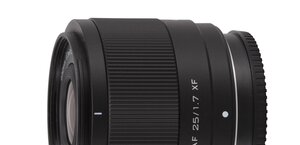Sigma A 85 mm f/1.4 DG HSM
10. Autofocus
When it comes to poor lighting conditions the Sigma attached to the 5D Mark III seemed to perform actually better than its rivals. During a studio session with the modelling light switched off it was quite dark; still the Sigma managed to set the focus without any problems every single time. In the same conditions the Nikon D3x with the new Nikkor AF-S 105 mm f/1.4 performed much worse, its AF mechanism often getting lost and trying to find appropriate position several times.
When it comes to the accuracy the Sigma results were very good – in studio conditions the lens hardly ever missed. It also didn’t need any calibration when attached to any of the bodies, and photos below are the proof.
Please Support UsIf you enjoy our reviews and articles, and you want us to continue our work please, support our website by donating through PayPal. The funds are going to be used for paying our editorial team, renting servers, and equipping our testing studio; only that way we will be able to continue providing you interesting content for free. |
- - - - - - - - - - - - - - - - - - - - - - - - - - - - - - - - - - - - - - - - - - - - - - - -
| Canon 50D, f/1.4 |
 |
| Canon 5D MkIII, f/1.4 |
 |
In order to be absolutely sure our results were right we took two additional tests, similar to those we perform while testing cameras. We put the Sigma attached to the EOS 5D Mark III before one of our charts and, by f/2.8 we took 50 photos setting the focus every time anew. There were 59% of shots with perfect sharpness, 39% of photos with errors smaller than 20% of the maximum MTF50 and only 2% of shots which should be considered complete misses.
Then we raised the standards even higher and repeated the experiment by f/1.4. What’s interesting, the results were even better, with 75% of perfectly sharp photos, 23% of acceptable ones and once again just 2% of misses.






